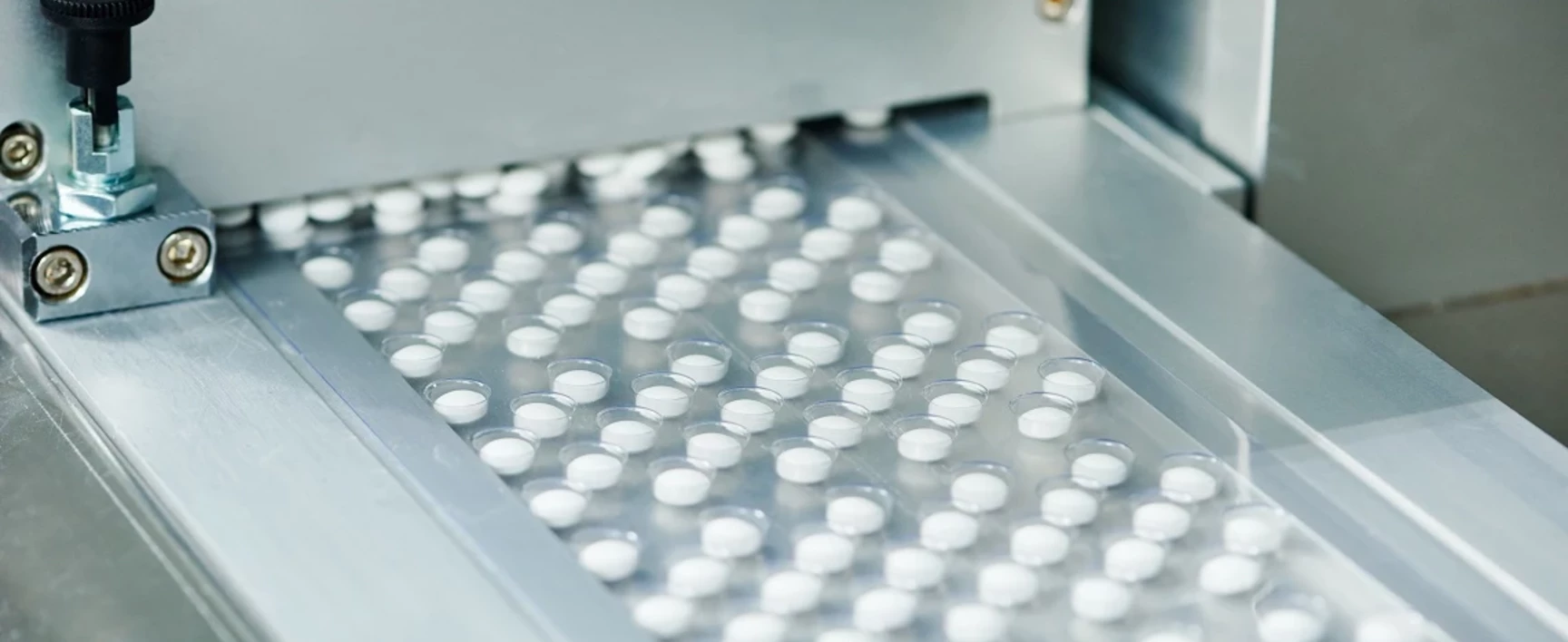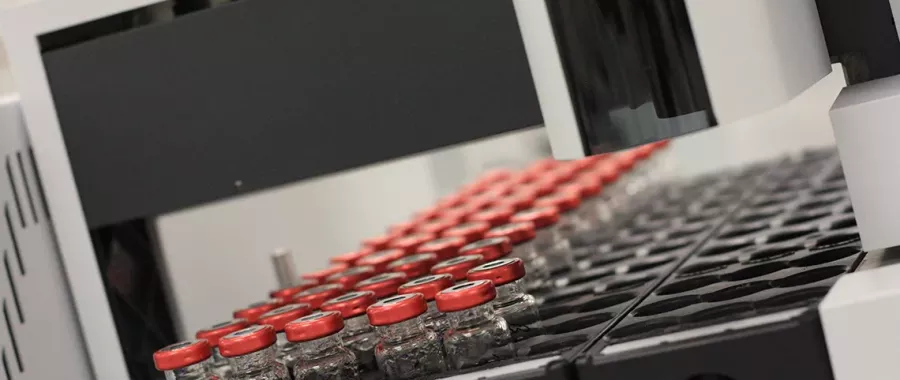With its comprehensive expertise in air monitoring services, ESG - now SOCOTEC - was called upon to support a pharmaceutical manufacturer in finding a way to measure and mitigate an unusual air quality issue: concentrations of airborne ibuprofen in its production facilities.
Summary of works
Project: Unusual air quality at pharmaceutical company
Start Date:

Case Study
Project Details

In Europe, we spend around 90 per cent of our lives indoors, either in our homes or at work, so it is understandable that indoor air quality is high on the public health agenda.
The quality of the air we breathe is determined by a range of factors including: the levels of carbon dioxide relative to oxygen, pollutants (such as formaldehyde, dust and other particles) and even biological contamination, from bacteria and mould spores.
Poor indoor air quality – with exposure to high levels of one or more of these types of contaminants – has been linked to a range of short-term health issues, from headaches to dizziness and fatigue, or even colds and viral infections. Long-term exposure, however, can lead to respiratory problems and heart disease.
Taking these things into account, it is appropriate for the UK’s Health and Safety Executive (HSE) to make recommendations relating to indoor air quality. This is particularly the case in the workplace, where employees can be exposed to numerous pollutants, such as fumes from large machinery or chemicals from industrial processes. The HSE has published requirements in its EH40/2005 document on workplace exposure limits for a range of air pollutants commonly found in both office environments and manufacturing facilities.
In Europe, we spend around 90 per cent of our lives indoors, either in our homes or at work, so it is understandable that indoor air quality is high on the public health agenda.
The quality of the air we breathe is determined by a range of factors including: the levels of carbon dioxide relative to oxygen, pollutants (such as formaldehyde, dust and other particles) and even biological contamination, from bacteria and mould spores.
Poor indoor air quality – with exposure to high levels of one or more of these types of contaminants – has been linked to a range of short-term health issues, from headaches to dizziness and fatigue, or even colds and viral infections. Long-term exposure, however, can lead to respiratory problems and heart disease.
Taking these things into account, it is appropriate for the UK’s Health and Safety Executive (HSE) to make recommendations relating to indoor air quality. This is particularly the case in the workplace, where employees can be exposed to numerous pollutants, such as fumes from large machinery or chemicals from industrial processes. The HSE has published requirements in its EH40/2005 document on workplace exposure limits for a range of air pollutants commonly found in both office environments and manufacturing facilities.
Strict adherence to such guidance by organisations can go a long way towards safeguarding the health and wellbeing of their employees, helping to keep the air they breathe as clean and fresh as possible. Nevertheless, for a small minority of organisations in specific sectors, there can be a risk of contamination of air with an unusual substance not featured in existing regulations. For these companies, it can be crucial to seek expert support in order to find new ways to monitor their operations and ensure their workers are adequately protected.
Testing for ibuprofen
This was the dilemma of a pharmaceutical manufacturer recently, when it approached ESG for support and guidance with an unusual issue. The organisation was particularly concerned about the presence of airborne ibuprofen dust in its facilities, and the health risk to its team members.
Comprehensive guidelines already exist, restricting levels of ibuprofen and other painkillers in watercourses and in the public water supply. This is due not just to the pharmaceutical manufacturing process, but to people disposing of expired tablets down toilets and drains.
However, there is currently no guidance on painkiller levels in the air. This is because they are not commonly an air toxin, and also because the opportunity for them to become airborne is limited to certain situations, such as on tablet production lines. Nevertheless, the manufacturer wanted to find a way of measuring and benchmarking concentrations across its operations, so it could find a way of minimising any potential risk to its team members.
ESG worked closely with the manufacturer to devise a method of analysing ibuprofen levels in the air - the first time such a test has ever been conceived. Our experts developed an approach that involved testing the filters of the facility’s air conditioning systems. As we could measure how much air passed through the equipment, we could then calculate how many particles of ibuprofen were present.
Once we devised this test, we set about measuring levels in each part of the facility, from the production floor, to the packing plant, to the offices and reception area. By analysing the concentrations of the substance in each section, we were able to provide a basis for the manufacturer to benchmark contamination across its operations.
Going beyond regulations
The manufacturer is now using the test method devised by ESG to measure and monitor airborne ibuprofen levels across its facilities. As a result of ESG’s support, the manufacturer is now able to set its own recommended limits in the future and monitor its own performance over the long term, helping to further protect its team members.
Speaking about the project, Paul Walker, senior development specialist, Specialist Chemistry, Energy & Waste Services, ESG, explained: “While it might not be a legal requirement to set limits for exposure to airborne substances that are not commonly present, like ibuprofen, a growing number of organisations are keen to do so to ensure they are upholding high safety standards in their facilities.
“By working closely with air monitoring specialists, it is possible to devise innovative new sampling and analysis techniques to accurately measure contamination by materials that have never been tested for before. In doing so, organisations can be confident they are taking the right steps to provide the safest, most comfortable environment possible for their team members.”



